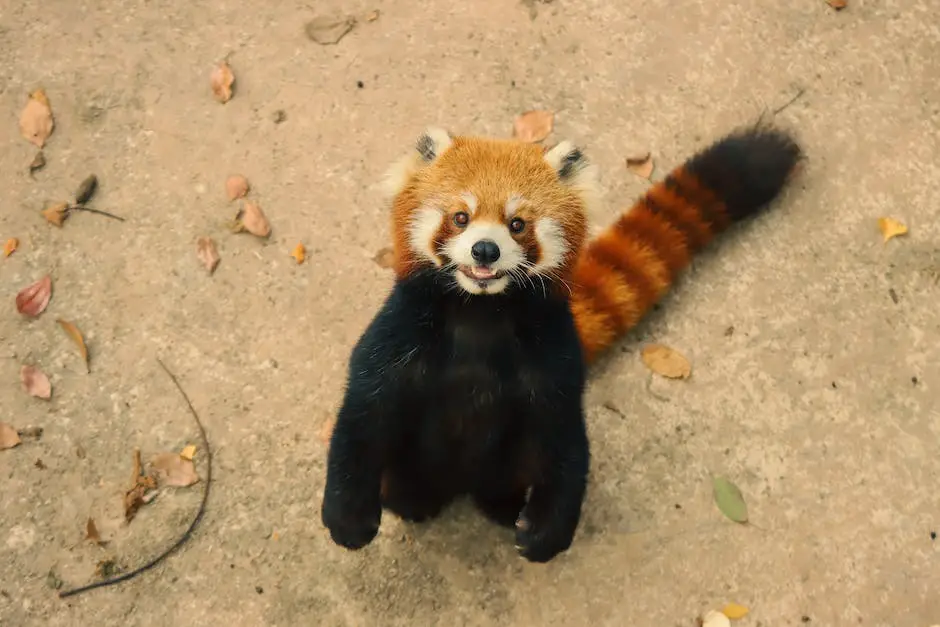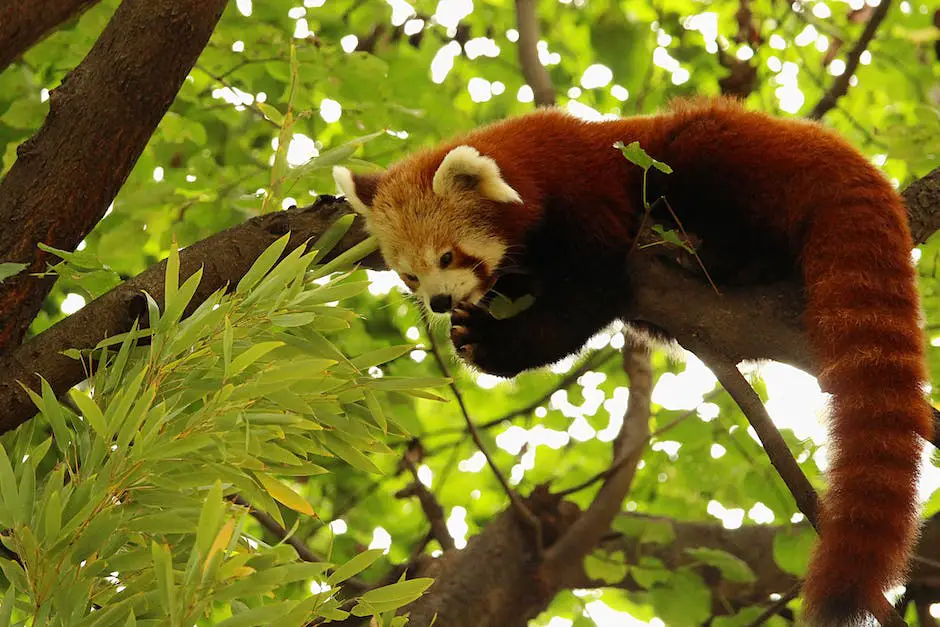With an alluring blend of feline grace and a playful disposition that exude charm, red pandas have captivated the hearts of many around the world. These small, sooty red creatures known for their raccoon-like facial features and bear-like body structure have a rich tale to tell, especially when it comes to their lifespan. Covered beneath the fluffy appearance and sociable demeanor is a life encoded within the mystery of years, intrinsically woven with their overall health and the threats that could compromise their longevity. In this discourse, we delve into the riveting details of the life expectancy of these fascinating creatures, encompassing their average lifespan in the wild vs. captivity and the interplay of influential factors such as their diet and environmental conditions.
Red Panda’s Life Expectancy
Average Lifespan of Red Pandas
Red pandas, also known as Ailurus fulgens, are an endangered species native to the eastern Himalayas and southwestern China. In their natural habitat, these mammals generally have a lifespan of up to 8 to 10 years. This duration can be affected by a plethora of factors such as the quality of habitat, prey availability, presence of predators, and various environmental conditions. Significant natural threats include predators like snow leopards and martens, as well as habitat destruction caused by deforestation for timber, fuel, and agricultural purposes.
Life Expectancy of Red Pandas in Captivity
Red pandas are known to live longer in captivity than in the wild. This extended lifespan is made possible by zoos and animal sanctuaries that are able to closely replicate their natural habitat, providing them with regular meals, shelter, and protection from threats such as predators and harsh weather conditions. These factors typically allow red pandas to live up to 14-15 years. Moreover, these creatures benefit from the availability of advanced veterinary care in captivity, enabling early diagnosis and treatment of diseases, which also contributes to their longer life expectancy. There have been high-profile cases, though, of red pandas living well beyond these numbers. Exceptional instances have been recorded of red pandas surviving for over 20 years in treated environments.

Health and Threats to Longevity
The Impact of Health and Disease on Red Pandas’ Lifespan
Although their lifespan in the wild usually ranges between 8 and 10 years, red pandas have been observed to live up to 15 years in circumstances of captivity. This lifespan can be affected by a number of environmental or health-related factors.
Unfortunately, red pandas can contract a variety of diseases, such as pneumonia, canine distemper, and infectious enteritis, which affects the small intestine. These conditions can be induced by microbial infections, exposure to other sick animals, or pronounced shifts in climate. Moreover, longer life expectancy in captivity means red pandas are more likely to face age-related problems, including dental disease or cataracts. Parasitical threats such as ticks, mites, and ringworms are also common, especially in their wild habitats, and can negatively impact their health and lifespan.
Threats to Red Panda Longevity
Apart from health issues, human activities have a significant impact on red pandas. Habitats degradation through deforestation for timber, fuel, and agricultural expansion are sizable threats to their survival and lifespan. Increased human activity results in habitat fragmentation, forcing red pandas to navigate through human-inhabited areas, increasing their vulnerability to diseases, dog attacks, accidental injuries, or even poaching.
Predation is another concern for red panda longevity in the wild. Natural predators such as snow leopards or martens pose a substantial threat, especially to younger, less experienced red pandas. In some regions, they fall victim to hunting and poaching for their beautiful fur. All these threats combined contribute to a shorter lifespan for red pandas in the wild compared to those in captivity.

Encompassing the vibrant life of a red panda is not entirely complete without noting the sobering realities they face. Threats from predation, human activities, genetic diseases, and common illnesses have the potential to impact their lifespan significantly. Acknowledging these facts not only offers a more comprehensive understanding of their existence but also heightens the impetus for human intervention in safeguarding their survival. The story of red panda’s life expectancy, from its promising beginning to its untimely end, is a poignant chronicle of the beautiful, hiccup-filled journey of these extraordinary creatures. It serves as a crucial reference point to contribute to their continued survival and the deepening of our understanding of the intriguing world in which these charming mammals spin their captivating tales.




